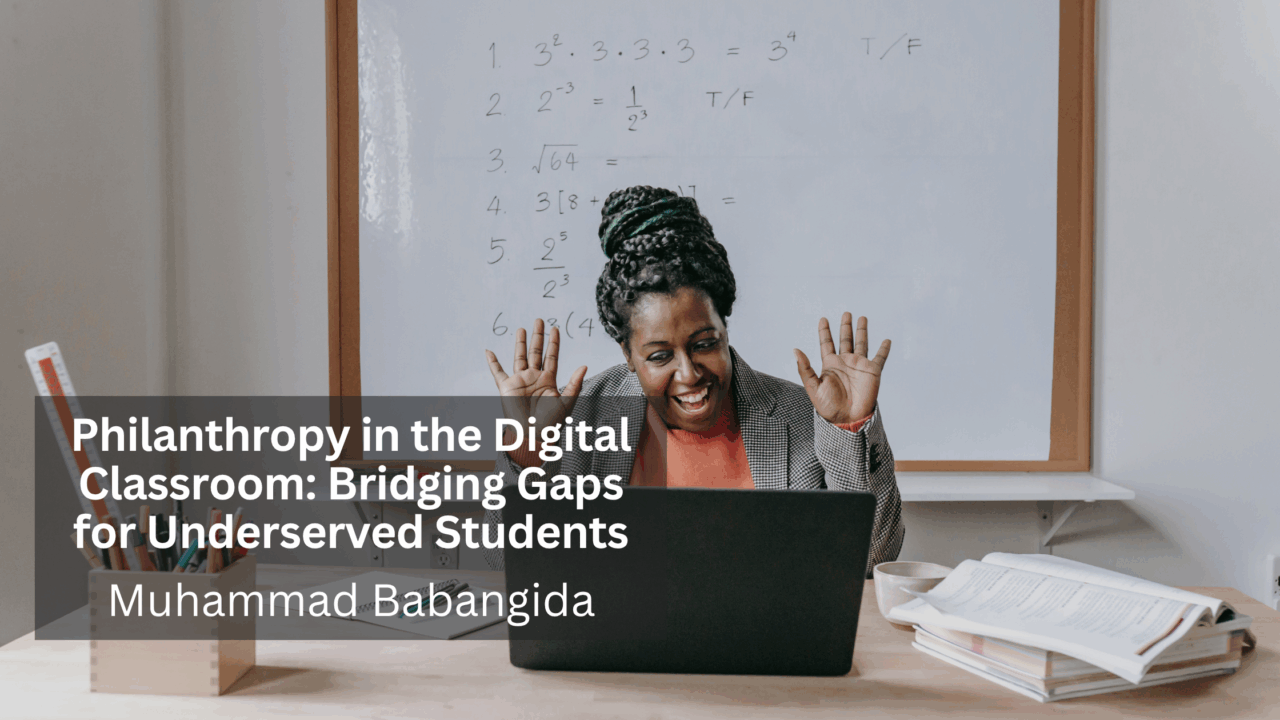The rise of digital learning has opened new avenues for education, but it has also highlighted disparities in access to technology, connectivity, and resources. Philanthropy is stepping in to bridge these gaps, ensuring that underserved students can benefit from digital classrooms just as much as their peers. Thoughtful support not only provides immediate tools but also helps create long-term equity in education.
Providing Essential Technology
One of the most pressing barriers for underserved students is access to devices. Philanthropic initiatives that provide laptops, tablets, and other learning tools allow students to participate fully in remote or hybrid learning environments. Coupled with reliable internet access, these contributions ensure that technology itself is no longer an obstacle to academic growth.
Supporting Digital Literacy
Access alone is not enough. Philanthropy can fund programs that teach students how to navigate digital platforms, engage in online collaboration, and use educational software effectively. Developing digital literacy early helps students feel confident, independent, and capable of thriving in modern classrooms where technology plays a central role.
Creating Enriched Learning Opportunities
Donations and grants can also expand educational content. Platforms offering interactive lessons, coding programs, and virtual field trips provide experiences that might not otherwise be available in resource-limited schools. These opportunities enhance learning, spark curiosity, and give students a chance to explore subjects beyond the standard curriculum.
Empowering Teachers and Schools
Philanthropy doesn’t just benefit students—it strengthens educators and institutions. Funding for teacher training in digital tools, classroom management software, or specialized curriculum resources ensures that instructors can make the most of technology in their teaching. Strong support for teachers translates into more effective instruction and better outcomes for students.
Fostering Long-Term Equity
The goal of philanthropic investment in digital classrooms is sustainability. Beyond immediate aid, initiatives that focus on infrastructure, training, and curriculum innovation create lasting improvements. This approach ensures that underserved students continue to benefit from technology-enhanced learning long after the initial donation.
Conclusion
Philanthropy in the digital classroom is more than giving—it’s about leveling the playing field. By providing devices, teaching digital skills, and supporting educators, charitable efforts help underserved students access the full potential of modern education. These contributions not only bridge current gaps but also lay the groundwork for a more equitable, empowered generation of learners.
